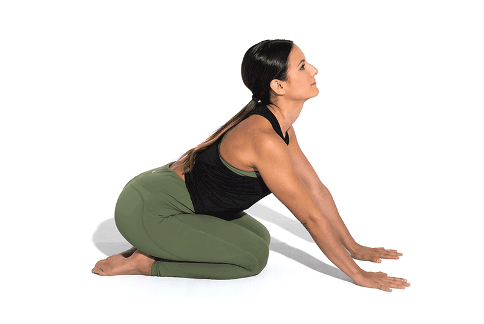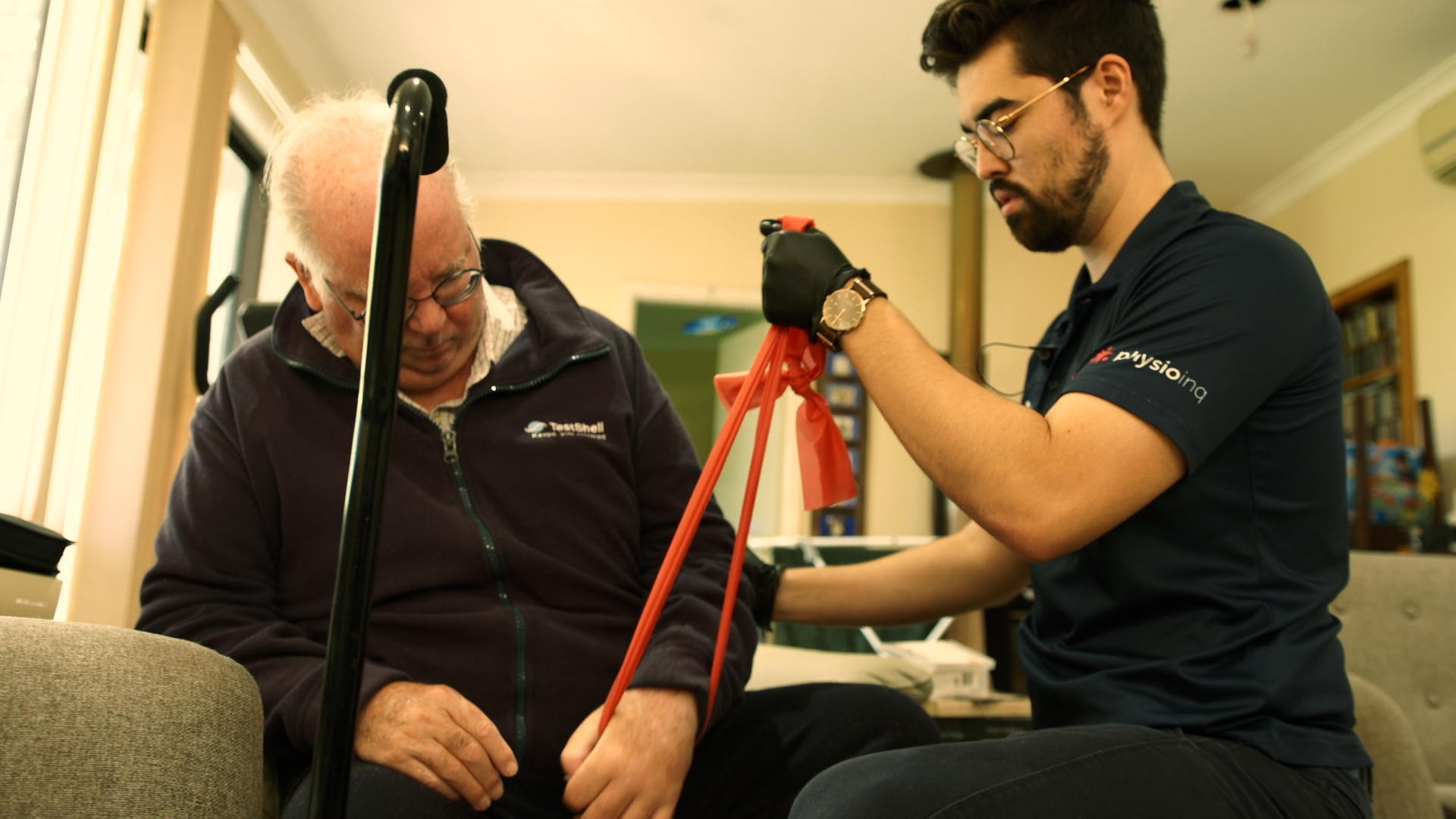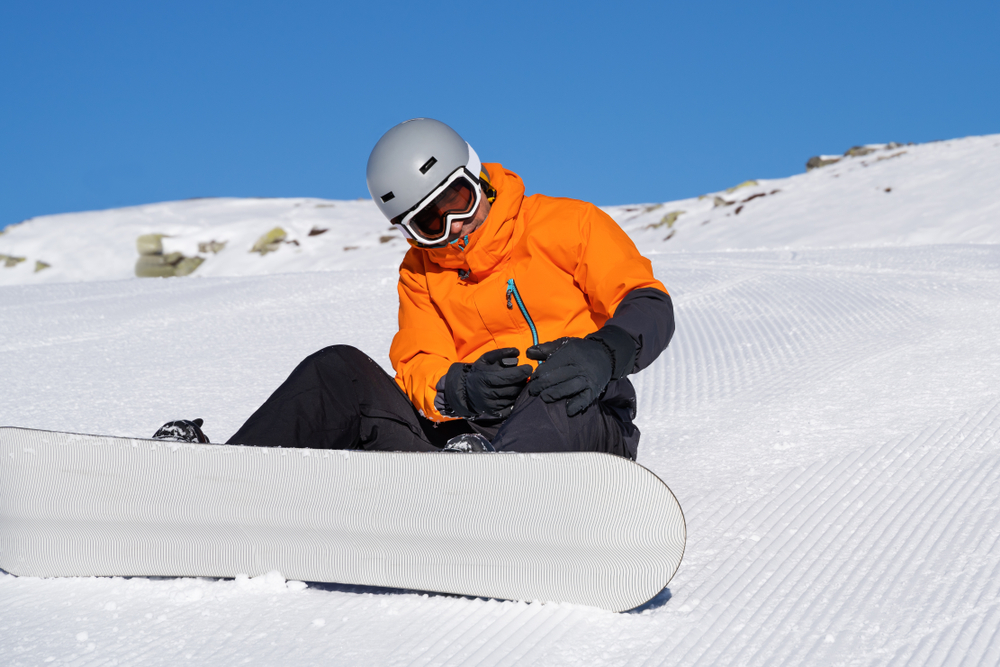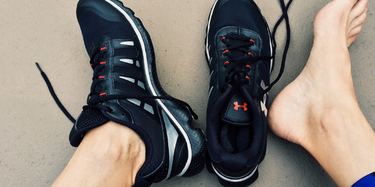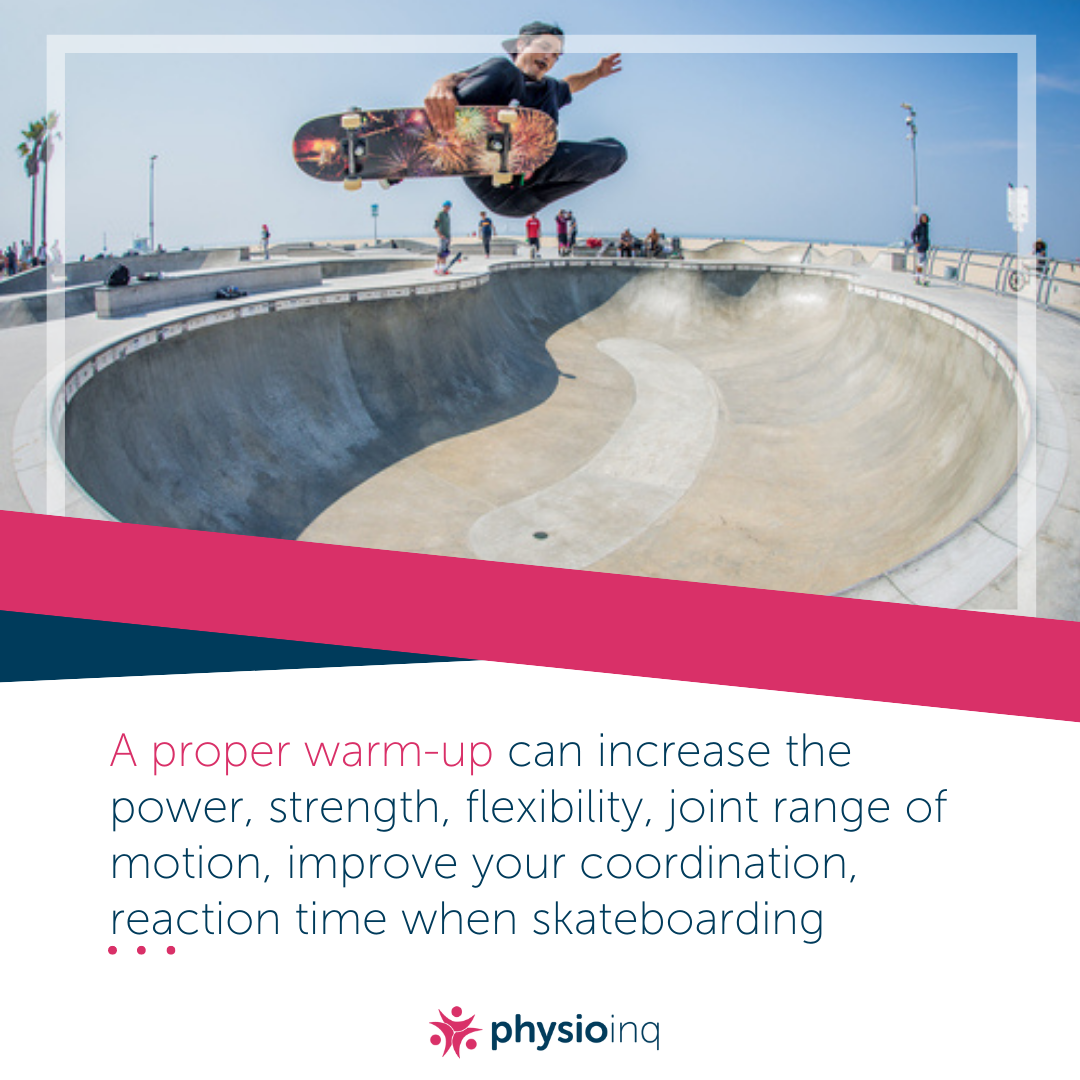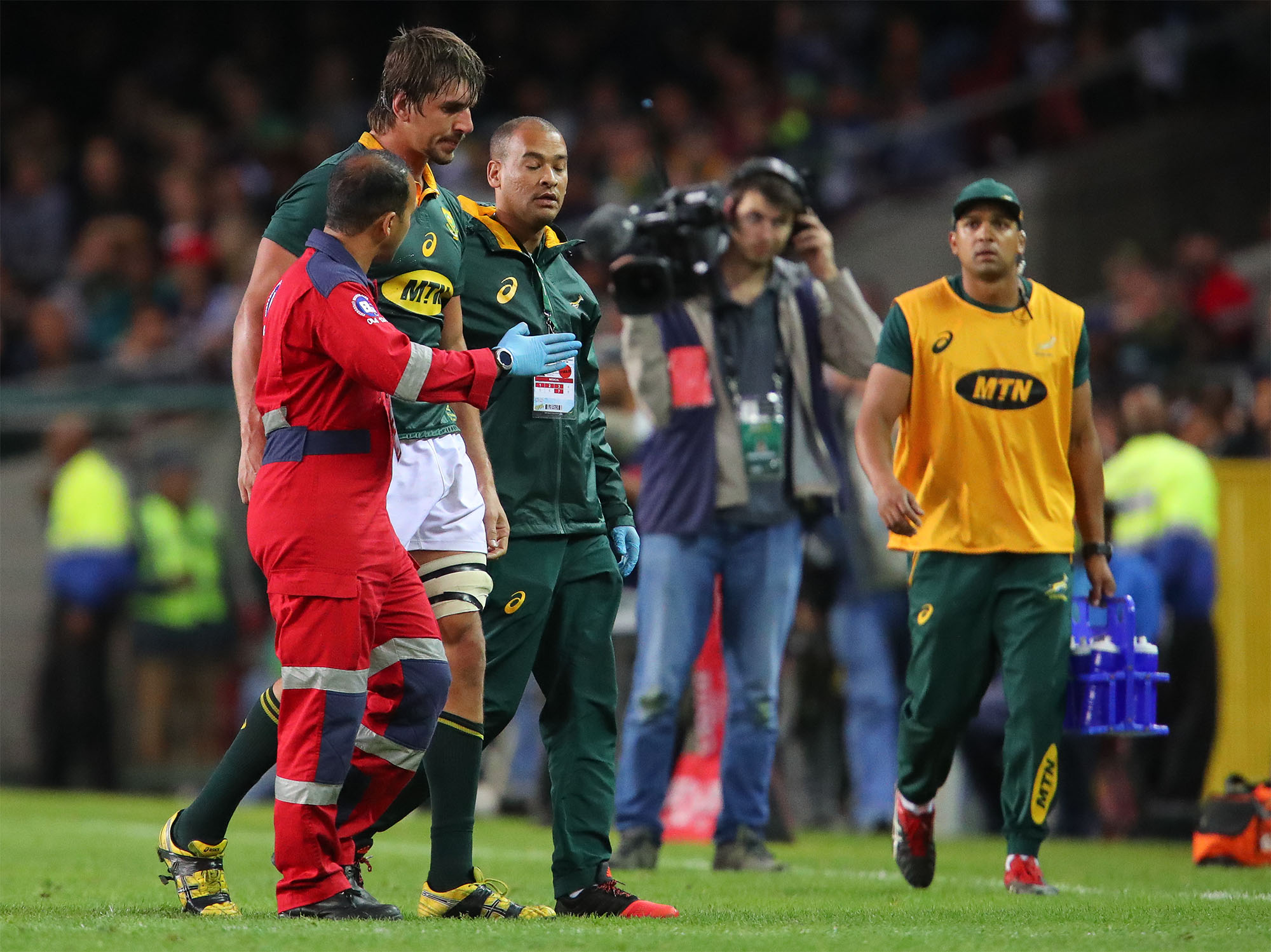Make an Appointment
Badminton demands rapid lunges, jumps, pivots and overhead smashes, movements that place significant stress on muscles, tendons and joints. Without a structured prevention plan, players risk acute injuries (e.g. ACL tears, ankle sprains) and chronic overuse conditions (e.g. epicondylitis, tendinitis).
A holistic approach, combining correct technique, suitable equipment, targeted conditioning and professional guidance, reduces downtime and enhances on-court performance by improving strength, stability and movement efficiency.
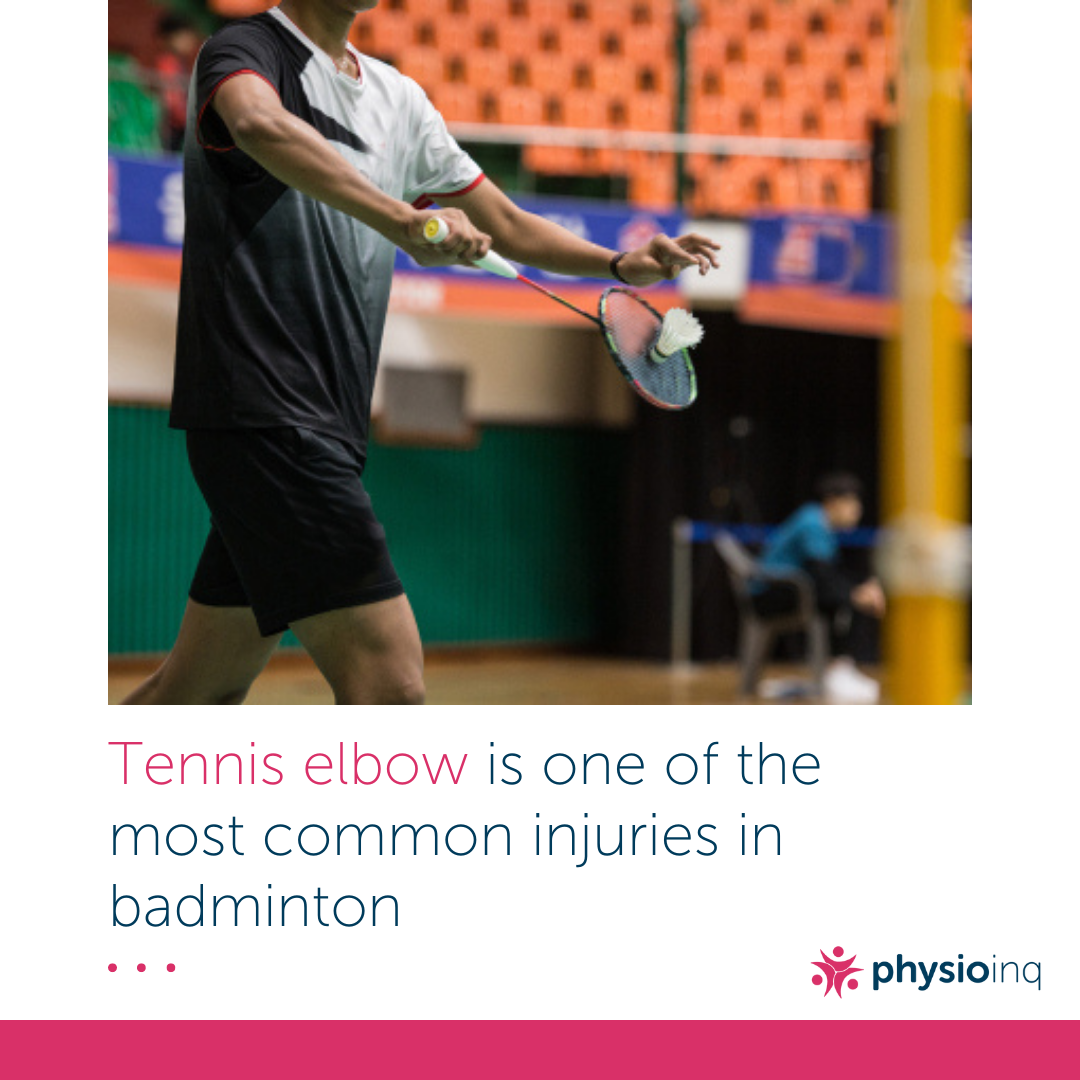
What are the common injuries in badminton and how can they be prevented?
Tennis Elbow
Also known as lateral epicondylitis, tennis elbow is one of the most common badminton injuries due to overuse of your forearm muscles. Excessive use of these muscles creates micro-tears and inflammation that occurs near where the muscles meet your elbow.
Most of the pain you’ll experience if you have tennis elbow occurs just below the elbow and it tends to occur more frequently the older you are.
Symptoms: Pain on the outside of the elbow; stiffness on bending; pain when gripping.
Prevention:
- Ensure correct racket grip size and balance.
- Fortify wrist extensors via resistance-band wrist-extension exercises .
Treatment: Rest, ice, counterforce strap, and eccentric wrist-extension drills with a physiotherapist.
Physiotherapy is one of the best ways to treat tennis elbow caused by playing badminton. It’s essential that you get your elbow checked by a professional at the first sign of pain since extended use can make symptoms worse.
Other treatments for tennis elbow badminton injuries include:
- Icing the affected area for around 20 minutes at a time
- Anti-inflammatory medications
- Wearing an elbow brace
- Doing specific forearm exercises. These would include simple wrist flexion and extension exercises which target the muscles in the forearm
- Warm up and stretch.
- Get advice on your technique. This could be useful in understanding what muscles you might be over-using in the wrong way
- Check your badminton equipment, The racket you are using might be too heavy or perhaps to small that might be causing unnecessary friction and strain on your elbow,
Your physio can assist you with all these treatments if you’re dealing with tennis elbow from playing badminton.
Golfer’s Elbow
Another one of the most common badminton injuries is golfer’s elbow, otherwise known as medial epicondylitis. Like tennis elbow, golfer’s elbow, however, causes pain on the inside of your elbow versus the outside.
Symptoms: Pain on the inside of the elbow; weak grip; wrist-flexion discomfort.
Prevention:
- Refine dropshot technique to avoid excessive wrist flexion.
- Perform resisted wrist-flexion strengtheners .
Treatment: Rest, ice, NSAIDs, medial epicondyle strap, and progressive flexor loading under guidance.
Rotator Cuff Injury
A rotator cuff injury deals with the shoulder area and is another common badminton injury. The rotator cuff refers to the muscles and tendons around the shoulder joint that keep your arm securely in place within your shoulder socket.
Symptoms: Deep shoulder ache on overhead actions; weakness; night pain.
Prevention:
- Balance shoulder muscles with band-resisted external rotations and scapular stabilisation drills .
- Drive overhead shots through legs and core, not just the arm.
Treatment: Rest, ice, rotator-cuff strengthening, manual soft-tissue release, posture re-education.
Wrist Sprain
Another one of the most common badminton injuries is a wrist sprain. Usually caused by a sudden impact or an unexpected change in movement to the wrist, a wrist sprain occurs when the muscles, tendons and ligaments of your wrist get pushed too far.
Particularly with badminton, even something as simple as holding the racket incorrectly or using an odd grip can cause a wrist sprain. The result is micro-tears and sometimes, hairline fractures which cause a decent amount of pain and should be taken seriously.
Symptoms: Pain, swelling, limited movement; tenderness on pressure.
Prevention:
- Maintain neutral wrist in strokes; incorporate isometric wrist holds.
Treatment: PRICE (protect, rest, ice, compress, elevate), supportive brace, followed by gentle mobilisation.
Repetitive Strain Injuries (RSI)
Repetitive strain injuries (also known as RSIs) can happen to any area of the body. An RSI is an umbrella term that can occur in your wrist, knee, ankle, shoulder and elsewhere.
RSIs are extremely common badminton injuries and different from a wrist strain or other acute strain, RSIs come on gradually and don’t always have a clear cause. Instead, the cause is repetitive movements. When you’re playing a sport like badminton, it’s difficult to avoid repetitive movements.
Symptoms: Dull, throbbing pain in overused tendons (shoulder, elbow, wrist).
Prevention:
- Vary practice drills; schedule rest breaks.
- Cross-train with low-impact activities (e.g., swimming) to offload racket stresses.
Treatment: Ergonomic technique coaching, myofascial release and graded strengthening.
Blisters
Blisters on both feet and hands are another common badminton injury. When the outermost layer of skin experiences excess friction, the skin will loosen up and fill with fluid creating a blister.
Symptoms: Fluid-filled skin pockets on hands or feet; tenderness.
Prevention:
- Wear moisture-wicking socks; ensure shoes fit well; change grips frequently.
- Pre-tape hotspots.
Treatment: Sterile dressing; avoid popping; monitor for infection.
Achilles Tendon Injuries
Your Achilles tendon runs from the bottom of your heel up the back of your leg, attaching to your calf muscle. The Achilles tendon is especially thick and can develop tendonitis or bursitis if overused.
Symptoms: Sharp heel pain on push-off; swelling; morning stiffness.
Prevention:
- Perform eccentric calf-raise exercises off a step .
- Stretch calves daily.
Treatment: Rest, ice, progressive loading under physiotherapy, soft-tissue work, heel-lift orthoses.
Patellar Tendinitis (Jumpers Knee)
Also known as Jumper’s Knee, patellar tendinitis is a knee injury that’s common among badminton players. Patellar tendonitis occurs when heavy loads are placed on the patellar tendon that connects your tibia with your kneecap, causing micro-tears.
Symptoms: Pain below the kneecap during jumping or lunging; tenderness.
Prevention:
- Execute decline eccentric squats on a 15° board .
- Gradually increase plyometric volume.
Treatment: Rest, ice, patellar strap, and tendon-loading protocols with a physio.
Ankle Sprain
One of the most common badminton ankle injuries is ankle sprains. While most ankle sprains aren’t usually serious, they can be painful and are caused when the ligaments of your ankle take on a load that’s too heavy or is pushed past their limits.
Symptoms: Lateral ankle pain, swelling, bruising; instability.
Prevention:
- Wear badminton-specific shoes with solid lateral support.
- Train proprioception with single-leg balances on foam.
Treatment: PRICE, functional bracing, early mobilisation and strengthening.
Anterior Cruciate Ligament (ACL) Injuries
An ACL injury in badminton often occurs when a player plants one foot and rapidly pivots or changes direction, especially during lunges or quick court cuts, causing the knee to twist beyond its normal range. Landing awkwardly from a high-speed jump or smash can similarly place excessive strain on the ligament, leading to a tear.
Symptoms: “Pop” sound, rapid swelling, knee instability.
Prevention:
- Incorporate drop-jump landing drills and single-leg hop stabilisation .
- Balance hamstring-to-quadriceps strength via Nordic hamstring curls.
- Use small adjustment steps rather than large pivots.
Treatment: RICE, knee bracing, physiotherapy-led ROM and strength training; surgical referral for ruptures

Badminton Injury Prevention & Rehabilitation Exercises
Ankle Sprain
- Single-leg balance on foam pad: 3×30 s per side
- Resistance-band inversion/eversion: 2×15 reps each
Patellar Tendinitis
- Decline eccentric squats (15° board): 3×12
- Wall-sit with calf raises: 3×20 s holds
Tennis Elbow
- Eccentric wrist-extension with dumbbell: 3×15
- Forearm self-massage and extensor stretches
Golfer’s Elbow
- Eccentric wrist-flexion with band: 3×15
- Resisted pronation/supination holds: 2×10 s
Rotator Cuff / Impingement
- External rotations at 0°/90° abduction with band: 3×12 each
- Prone “T”/“Y” scapular raises: 3×10 each
Wrist Sprain
- Isometric holds in flexion/extension/radial/ulnar deviation: 3×10 s
- Light wrist curls: 2×15
RSIs
- Swimming or cycling 30 min twice weekly
- Foam-rolling forearms and shoulders: 5 min
Blisters
- Finger-spread and fist-clench drills: 2×10
- Foot inspection and protective taping
Achilles Tendon
- Eccentric heel drops off a step: 3×15 each
- Seated calf stretch: 3×30 s each
ACL Prevention & Rehab
- Drop-jump landing drills: 3×10
- Nordic hamstring curls: 3×8
- Single-leg hop stabilisation: 3×8 each
Frequency: Perform 2–3 sessions per week, adjusting to training load and recovery status.
Comprehensive Warm-Up, Technique & Equipment Best Practices
1. Dynamic Warm-Up (10–15 min)
- Pulse Raiser (3–5 min): Light jogging, skipping or cycling to elevate heart rate.
- Joint Mobilisations (2–3 min):
- Ankles: Circles and dorsiflexion/plantarflexion drills
- Knees & Hips: Front-to-back and lateral leg swings
- Shoulders & Wrists: Arm circles, wrist rolls
- Neuromuscular Activation (2–3 min):
- Glute bridges and clamshells for hip stabilisers
- Planks and bird-dogs to prime core and rotational stability
2. Technique Refinement Drills
- Footwork Ladder: Quick in/out steps to improve court agility and reduce undue joint torque.
- Controlled Lunges: Forward, lateral and reverse lunges emphasising knee alignment over the second toe.
- Shadow Swing Practice: Full-motion overhead and drive strokes without shuttle to engrain kinetic-chain sequencing.
3. Equipment Optimisation
- Racket Setup: String tension of 20–24 lb balances power and control; adjust grip size in 1 mm increments to avoid wrist torque.
- Footwear: Replace shoes every 6–12 months; choose non-marking soles, strong lateral support and adequate cushioning.
- Protective Aids: Finger guards for blisters, patellar straps for tendon off-loading, and ankle braces as needed.
4. Structured Cool-Down & Recovery (10 min)
- Static Stretching: Hold 20–30 s for calves, quadriceps, hamstrings, hip flexors, shoulders and forearms.
- Myofascial Release: Foam-roll calves, quads, IT bands, forearms and upper back for 1–2 min each.
- Hydration & Nutrition: Consume electrolyte-rich fluids and a 3:1 carbohydrate-to-protein snack within 30 min post-play.
- Sleep & Ergonomics: Aim for 7–9 hours’ sleep and maintain ergonomic workstations to support overall recovery.
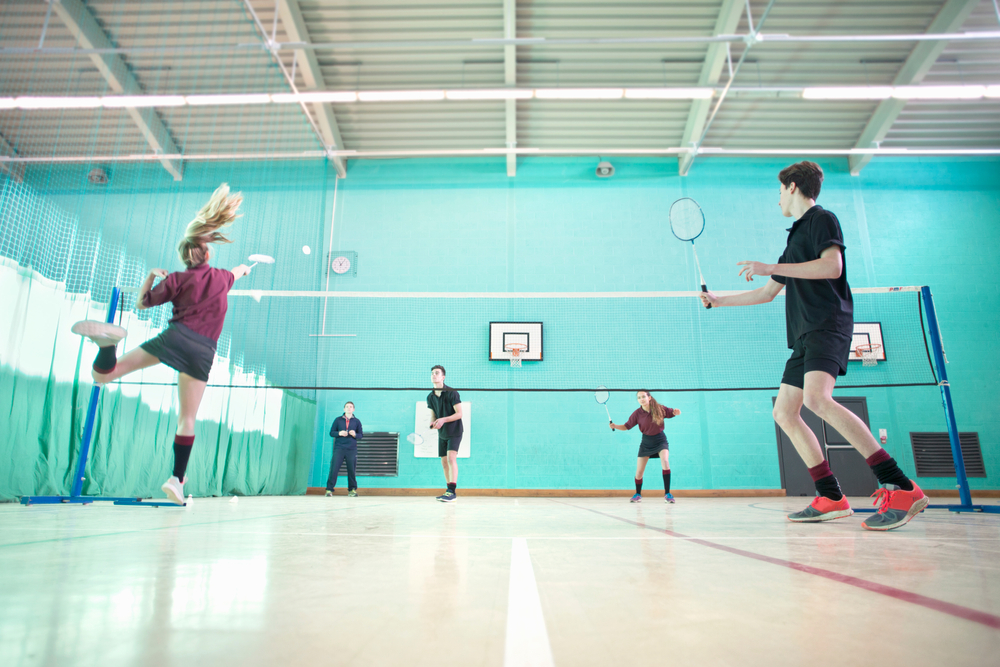
Causes of Badminton Injuries
So, why are there so many common badminton injuries? Well, because of the way badminton is played and what it requires of your body, there are a few main causes of badminton injuries.
- Muscular imbalances since you’ll usually play with your racket in your dominant hand
- Age also matters since if you started playing as a kid, you might develop bad habits that are harder to recover from as an adult
- Improper gear as you wear out your shoes
- Failing to warm up or cool down before playing
- Running, jumping and overuse of certain muscles
- Landing the wrong way from a jump
- Slips and falls
- Quick changes in direction
Badminton Injuries and Treatment
For many badminton injuries, the PRICE treatment method (Protect, Rest, Ice, Compress, Elevate) is easy to do at home and should be done for about 2 to 3 days after badminton injuries.
Protect: The first step for treating any injury is to protect the body part from further damage. This might mean getting help with walking so as not to put any weight on the injury or wrapping the area in a bandage or brace to protect it from further movement.
Rest: It’s vitally important that if you get injured while playing badminton that you stop immediately and rest completely for a few days, allowing the injury to start the healing process.
Ice: Wrap a bag of ice in a paper towel or tea towel and apply to the injured area for 20 minutes on and off. Icing badminton injuries helps reduce pain and inflammation.
Compress: Use pressure and compression bandages on the injured area to reduce swelling. Be careful not to compress the injury too tight.
Elevate: Keep the injured area elevated above your heart to improve circulation to the injury which reduces swelling and helps your body to heal.
If you’re unsure whether the PRICE method for badminton injury treatment is right for you, book an appointment with your physiotherapist.
Badminton Injuries and Rehabilitation
Rehabilitation from badminton injuries comes after the initial treatment is over. The affected areas will be weakened from the injury and will require rehabilitation under the supervision of your physiotherapist.
Badminton injury rehabilitation might include:
- Strengthening exercises
- Mobility exercises to improve range of motion
- Flexibility exercises
- Cross-training to prevent muscular imbalances
- Education on warming up and cooling down
When to Seek Professional Support
Consult a physiotherapist or exercise physiologist if you experience:
- Persistent pain or swelling beyond one week
- Joint instability, locking or “giving way”
- Functional limitations affecting daily life or play
Physio Inq’s Physiotherapy and Exercise Physiology teams provide in-home assessments, manual therapy and bespoke rehabilitation programs

Frequently Asked Questions (FAQs)
1. How often should I do these exercises?
Aim for 2–3 sessions per week, integrated with your regular training and recovery.
2. Can stretching alone prevent these injuries?
No: optimal prevention combines stretching with strength, stability and technique training .
3. What gear is essential to avoid injury?
Quality shoes with lateral support, correct racket grip size, resistance bands and a foam roller.
4. When should I reduce my training load?
At first sign of persistent discomfort or early overuse symptoms - reduce intensity by 20–30% and focus on recovery.
5. Are warm-ups and cool-downs really necessary?
Yes: they prime tissues, improve performance and significantly lower injury risk .

Preventing badminton injuries demands a holistic strategy: understand each injury’s mechanism, adopt targeted conditioning, refine technique, optimise equipment and seek expert care when needed. By applying these recommendations, you’ll minimise downtime, enhance performance and enjoy badminton for years to come.
Take the Next Step:
For a fully personalised prevention and rehabilitation plan, contact us today. Explore our multidisciplinary services:
Stay strong, stay agile, and play pain-free with Physio Inq!
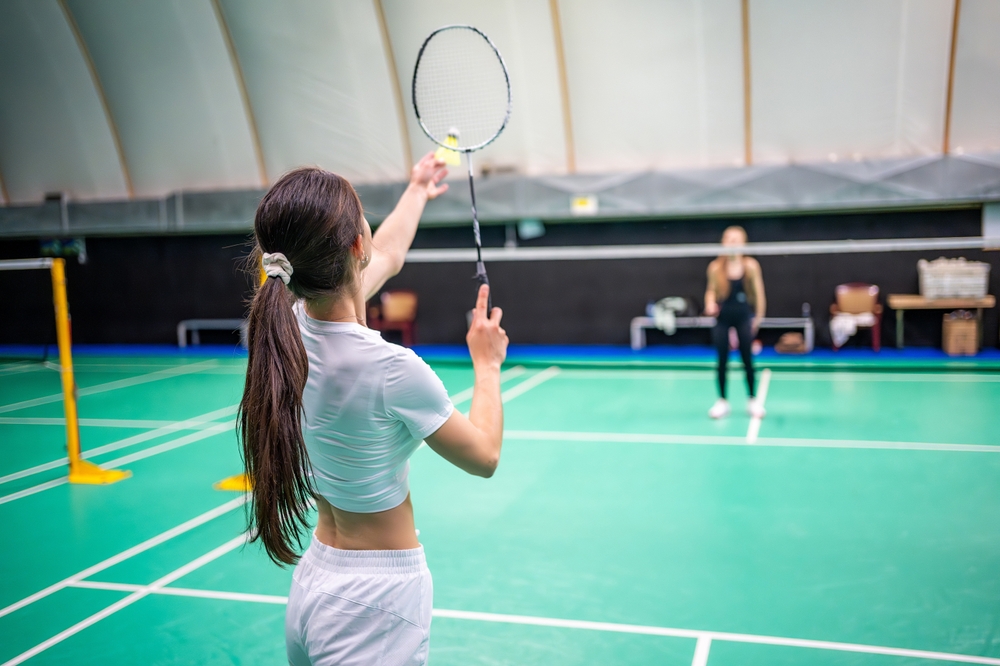
Date Published: Tuesday, March 15, 2022
Locate a Mobile Physiotherapy
Service Near me
Get the experience & convinence you deserve to support your or a loved one's allied health needs.
Our Mobile Physiotherapy team are currently serving & taking appointments in the following states and regions in Australia:
Need to get into direct contact with ur Client Services team? We're all ears. Call our team directly on 1300 731 733










